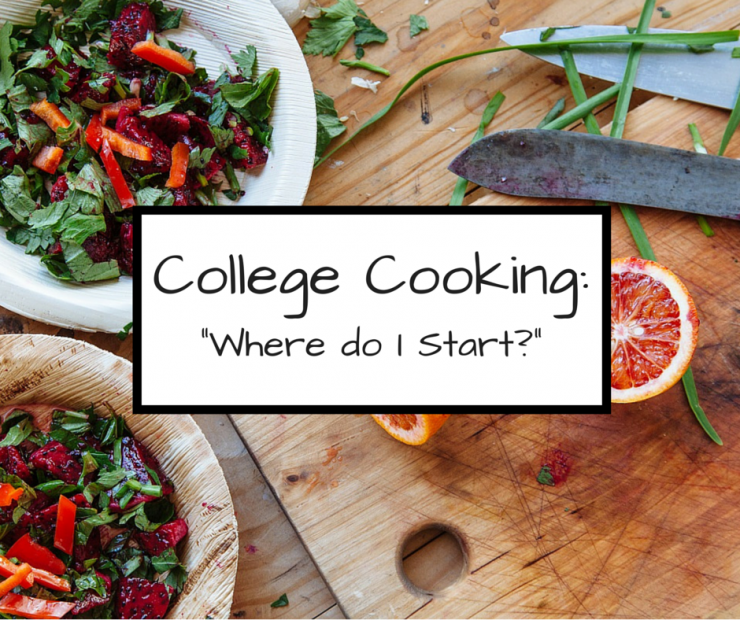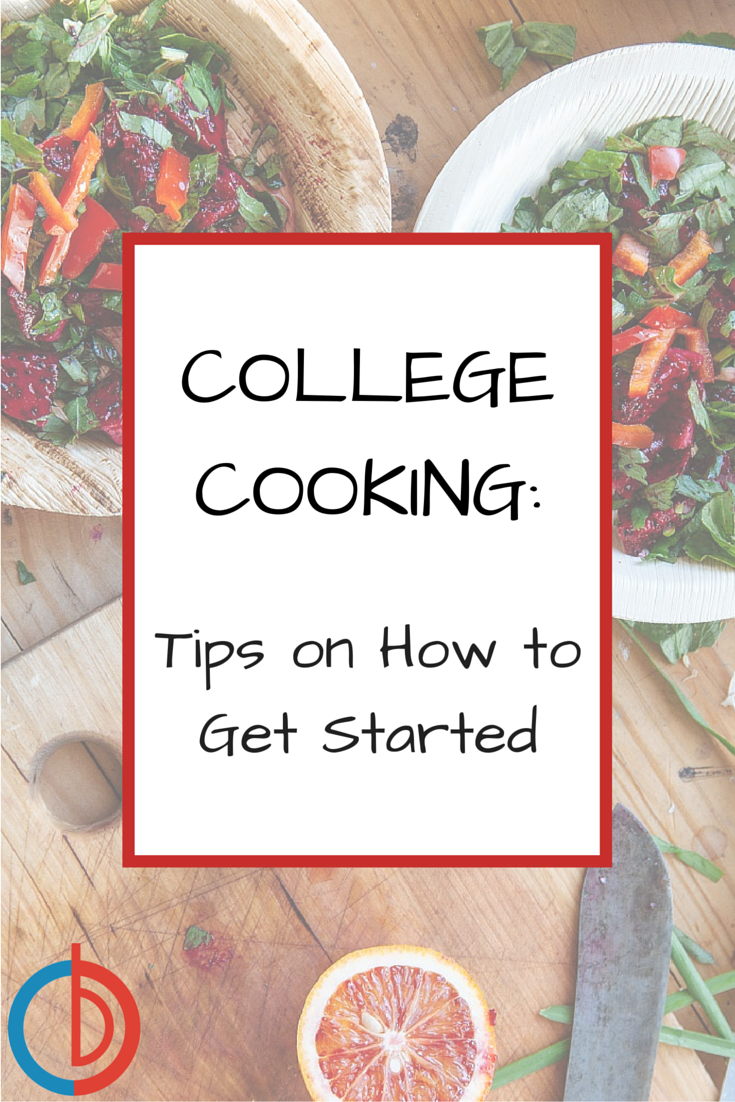Tuition costs are on the rise, and those college meal plans aren’t getting any cheaper. If you’re like most college students, your diet consists of a mix of takeout pizza, ramen noodles, eating out, the occasional healthy diet sprint and whatever you can get for free at your local campus center. If you’re looking for a better solution for all your nutritional needs, it might be time to consider making a serious effort to learn how to cook. Here’s a quick guide to help you get started with college cooking.
Raw Ingredients are Cheaper than Instant Mixes
You know the story—you’re standing in the supermarket aisle and trying to decide how you can preemptively tackle your midnight brownie fix—your options are:
A – Buy brownies from the baked goods section
B – Buy instant brownie mix
C – Buy butter, chocolate, cocoa powder, granulated sugar, eggs, vanilla extract and flour
Most people opt for A, others think they’re saving time and money with B, but in reality option C, while intimidating, is the cheapest and most versatile option of the three. Don’t believe me? Use the calculator on your smartphone the next time you’re at the supermarket—since you’re buying in bulk, getting the raw ingredients means you don’t just have brownies for the next couple of days, you have the option to make them and other foods for the next couple of weeks, maybe even months. This is true not just for baked goods but for food in general. Learn to love raw ingredients and your bank statements will start to love you back.
Buy a Smart Pressure Cooker
Microwaves are nice for heating things up, but if you really want to live healthy you should consider investing in a smart pressure cooker. Steam vegetables, fish, pasta, dumplings—you name it—there’s no shortage to the amount of things you can cook in a programmable pressure cooker. Old fashioned pressure cookers aren’t the safest thing to have around a college dorm, but the newer smart models, like the Cuisinart CPC-600 are incredibly safe and reliable. Best of all, cook and prep times are much shorter than ovens—expect to steam most meals in 8-10 minutes. It’s a great compromise between the convenience of a microwave and the healthy eating of a stove or oven.
Electric Kettle
When winter rolls around there’s nothing like hot tea or cocoa to help you squeeze out that extra hour of study time on a chilling winter school night. Electric hot water pots and kettles heat up water and keep it hot enough for the occasional cup noodle, green tea or hot cocoa. If you’re trying to ween off coffee, one of these can really help you develop the healthy habit of drinking tea, which has less caffeine and more antioxidants. You can also consider dabbling into the exciting world of loose leaf teas and Infuse tea cups—an electric kettle makes it that much easier.
Brush up on nutrition
That fast metabolism won’t last forever, especially after you hit legal drinking age. While it’s tempting to rely on a diet of Subway sandwiches, fast food and beer when you’re in college, learning about nutrition and the effects it can have on your concentration during class can make all the difference in your education. Omega 3 fatty acids found in fish are a critical component of the myelin sheath that insulates the electrical impulses that fire from axons, the transmission lines of the brain. Avoiding fatty foods or junk foods that hurt your glycemic index can give your more energy and the ability to stay awake during those expensive lectures you paid for. Learning about proper nutrition can help you craft a diet for yourself that will allow you to make the most of your college experience—allowing you to work hard and play harder.




Leave a Reply